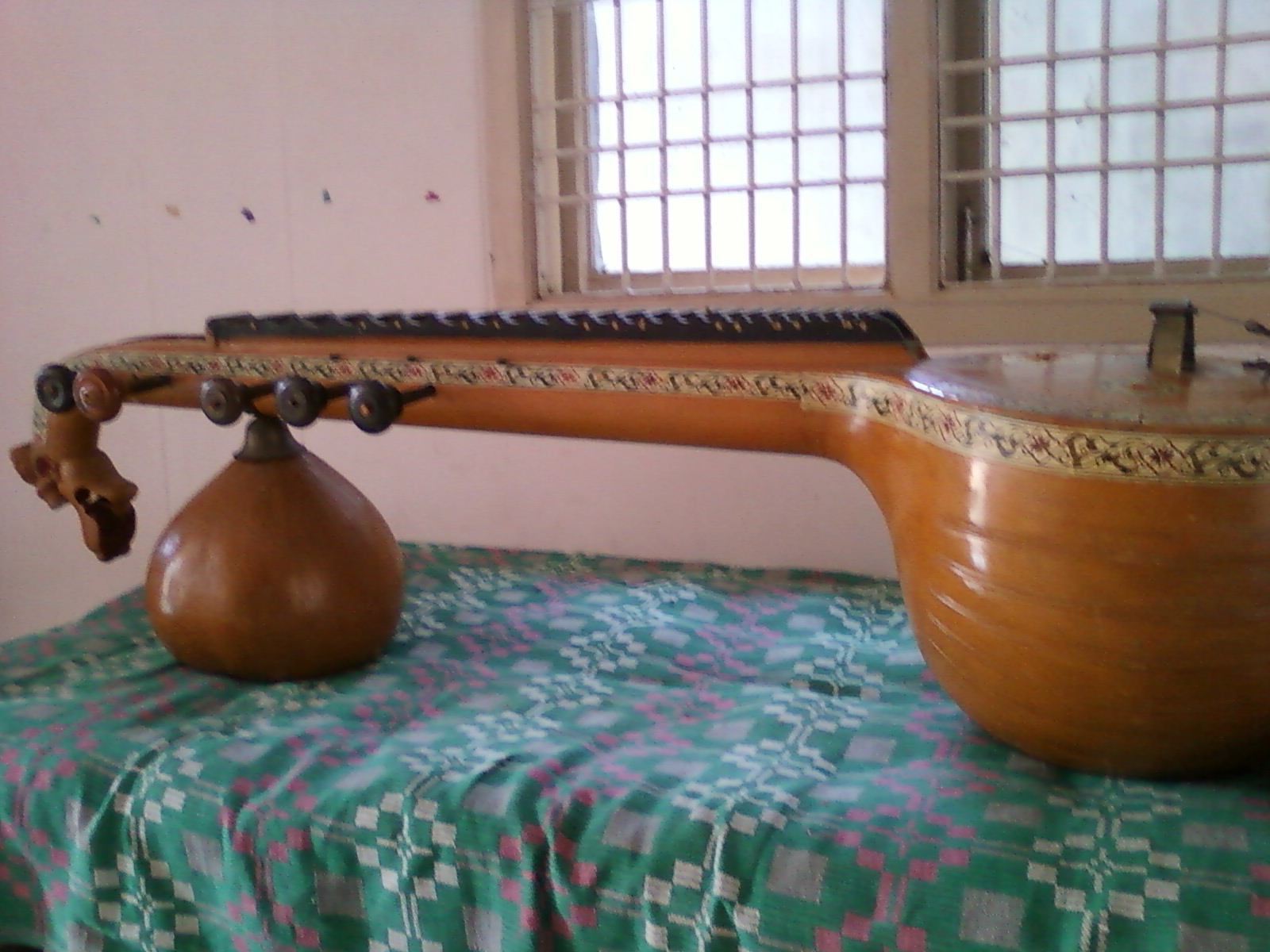Free Courses Sale ends Soon, Get It Now


Free Courses Sale ends Soon, Get It Now



Disclaimer: Copyright infringement not intended.
Context
Despite the longstanding fame of the Bobbili veena, spanning 350 years, the livelihood of craftsmen face challenges due to a lack of demand from the public and required patronage from the government.
Details
About Bobbili Veena
Historical Background:
Craftsmanship and Community:
Description of Bobbili Veena:
Introduction to Veena
Types of Veena:
Saraswati Veena:
Rudra Veena:
Vichitra Veena:
Gottuvadhyam:
Mohan Veena:
Construction:
Playing Techniques and Music:
Conclusion
The Bobbili Veena's historical journey, rooted in the cultural ethos of Andhra Pradesh, showcases its evolution, craftsmanship, and cultural significance. The GI tag acknowledgment underscores its unique association with Bobbili, safeguarding its heritage and celebrating its craftsmanship for posterity.
|
PRACTICE QUESTION Q. Which region is renowned for the invention and craftsmanship of the classical Indian musical instrument known as Bobbili Veena? A) Tamil Nadu B) Kerala C) Andhra Pradesh D) Karnataka Correct answer: C) |
© 2024 iasgyan. All right reserved